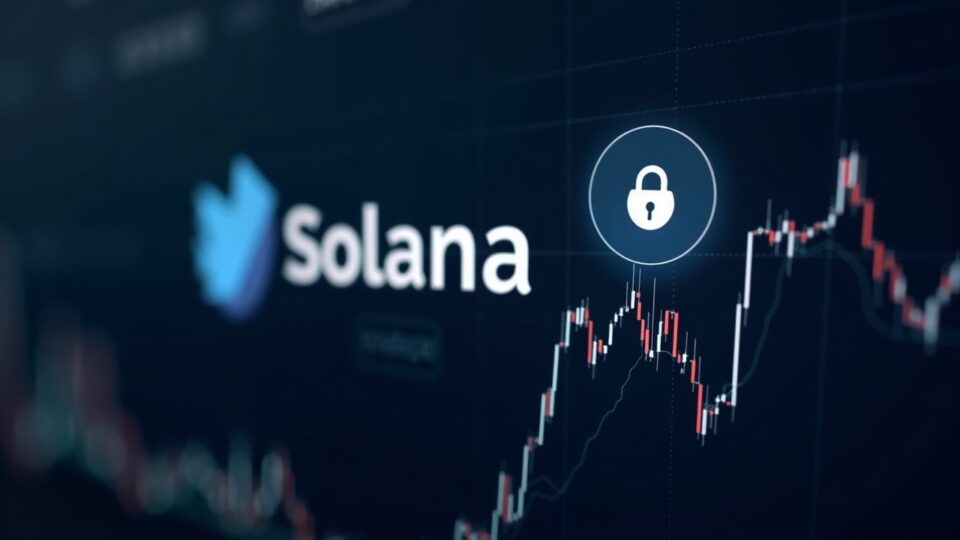Solana (SOL) registered a 4.9% drop on November 11, 2025, breaking key support at $156. The pullback was catalyzed by the release of 193,000 SOL (about $30 million). This event highlights the impact of FTX unlocks on Solana. The tokens originate from the FTX and Alameda Research estate, according to their administrators’ schedule, and the sale accelerated the drop toward the $152.50 demand zone.
This unlock is part of a structured schedule that keeps the market on alert. Since 2023, the FTX estate has liquidated an estimated $1.2 billion in SOL. It still holds 82.3 million SOL (13.7% of the total supply) subject to scheduled monthly releases, which are expected to continue until 2028.
Can institutional demand absorb the selling pressure from FTX?
The presence of a forced seller, like the FTX estate, creates a persistent “overhang” on the market. Although the Solana blockchain shows solid development and adoption metrics, the perception of persistent oversupply can hold the price back in the short term. These scheduled unlocks increase the circulating supply and act as inflection points for volatility.
This dynamic generates recurring selling pressure. For crypto treasuries and institutional investors, this complicates liquidity management. The risk of temporary dilution and increased slippage are key considerations. In the derivatives market, the situation increases demand for hedging, as forced selling flows coexist with capital inflow into ETFs.
Despite the pressure, counterbalances exist. Weekly inflows of $336 million are reported for Solana ETFs, indicating strong institutional absorption. However, the market must monitor the next unlock milestone. The next verified event is December 7, 2025, with a release of 472,602 SOL. The balance between these sales and new demand will define SOL’s trajectory.

